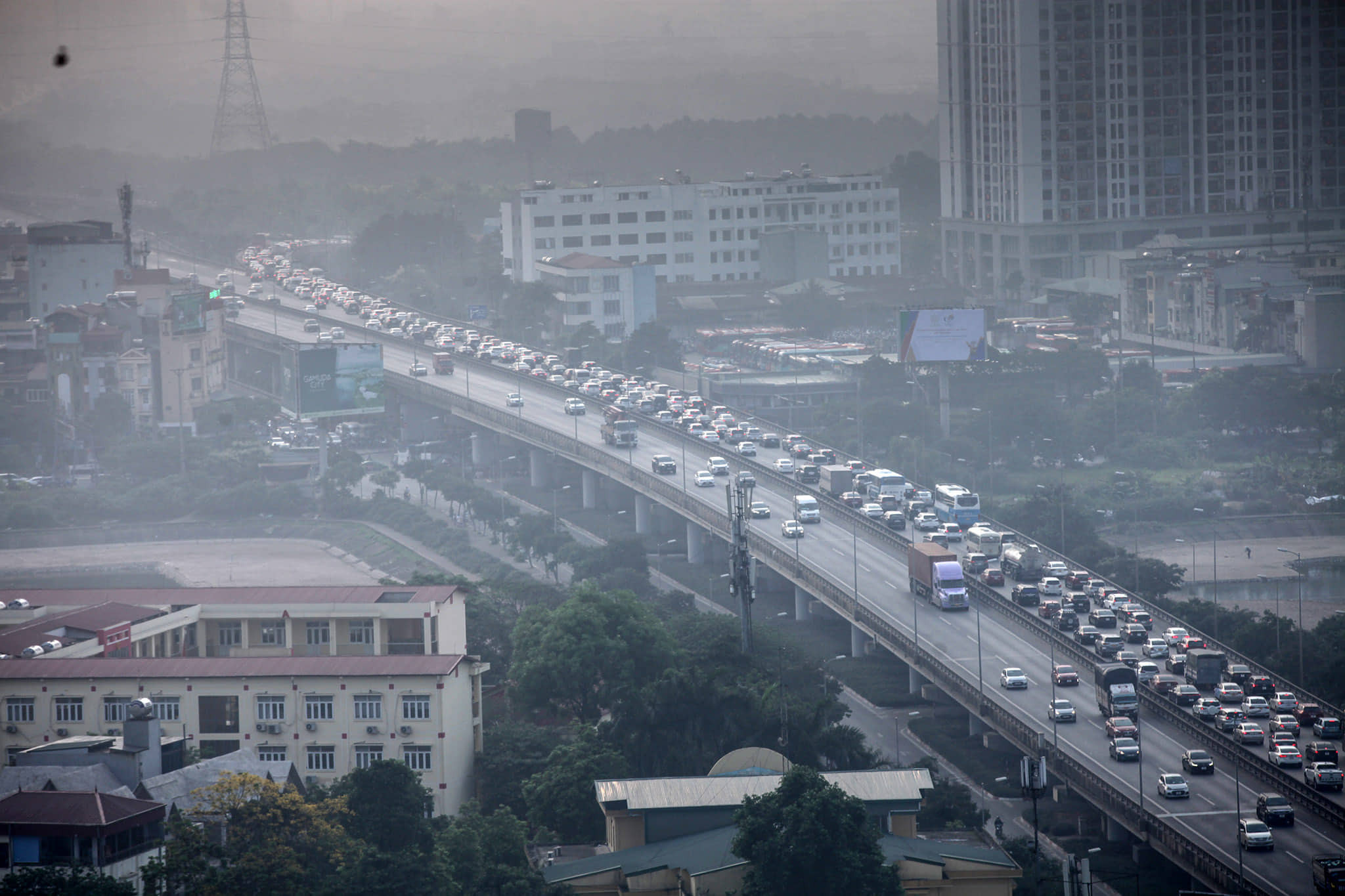
The city plans to set up 100 toll stations to restrict cars from entering the core areas, slated for 2024. Belt Road No 3 toward the inner city will be the area for toll stations. However, there are many problems to be solved.
People, office relocation
Relocating offices, factories, hospitals and universities to the suburbs is a solution for traffic congestion in the capital city, but this task has not been done for years.
“Hanoi has been developing rapidly with an increasingly high population density. It is necessary to relocate schools, hospitals and agencies with large traffic to the suburbs or neighboring localities such as Bac Ninh and Hai Duong. At present, people have to enter the inner city to come to hospitals, administrative agencies and universities,” a VietNamNet reader wrote.
Nguyen Duong, another reader, said that the use of toll stations is not feasible because it doesn’t suit Hanoi’s transport infrastructure and working conditions.
“The long-term strategic and effective solutions for Hanoi are immediately stopping construction of apartments in the inner city and speeding up relocation of hospitals, schools and state agencies to the suburbs. Thus, vehicles entering inner city will decrease, and traffic congestion will be settled,” Duong wrote.
Reader Vu Anh wrote that traffic congestion in Hanoi is the result of high population density in inner areas, so it is necessary to relocate schools, hospitals, factories and stations to the suburbs.
Fees collected but congestion remains
Analysts say the major reason behind traffic congestion is unreasonable urban planning. While multi-story buildings are built, land for traffic and public transport utilities such as parking lots and public means of transport remain modest.
While realtors speed up construction of buildings to sell, urban railway projects are implemented very slowly. Once hospitals and universities are still in the inner areas, people will accept to pay fees to enter the zone.
Reader Mai Khiem doubted the toll collection policy would help reduce vehicles. If Hanoi insists on collecting tolls, but doesn’t develop public transport networks, this won’t help ease congestion. This may happen that high-income earners would buy cars and accept to pay VND55,000 to enter the inner city.
In theory, people have to pay a toll to get into the areas without congestion. The question is who is to blame if they accept to pay tolls but the zones they enter are still congested. Collecting tolls will help increase revenue for the local budget will increase, but the goal of easing traffic jams will fail.
The toll collection plan is expected for implementation in three phases:
Phase 1 (2024-2025): 15 toll stations would be set up in 9 locations in the inner roads with high traffic.
Phase 2 (2026-2030): the toll collection area will be expanded to the southern side of Red River.
Phase 3 (after 2031): the toll collection area will be expanded to the northern side of Red River.
Vu Diep